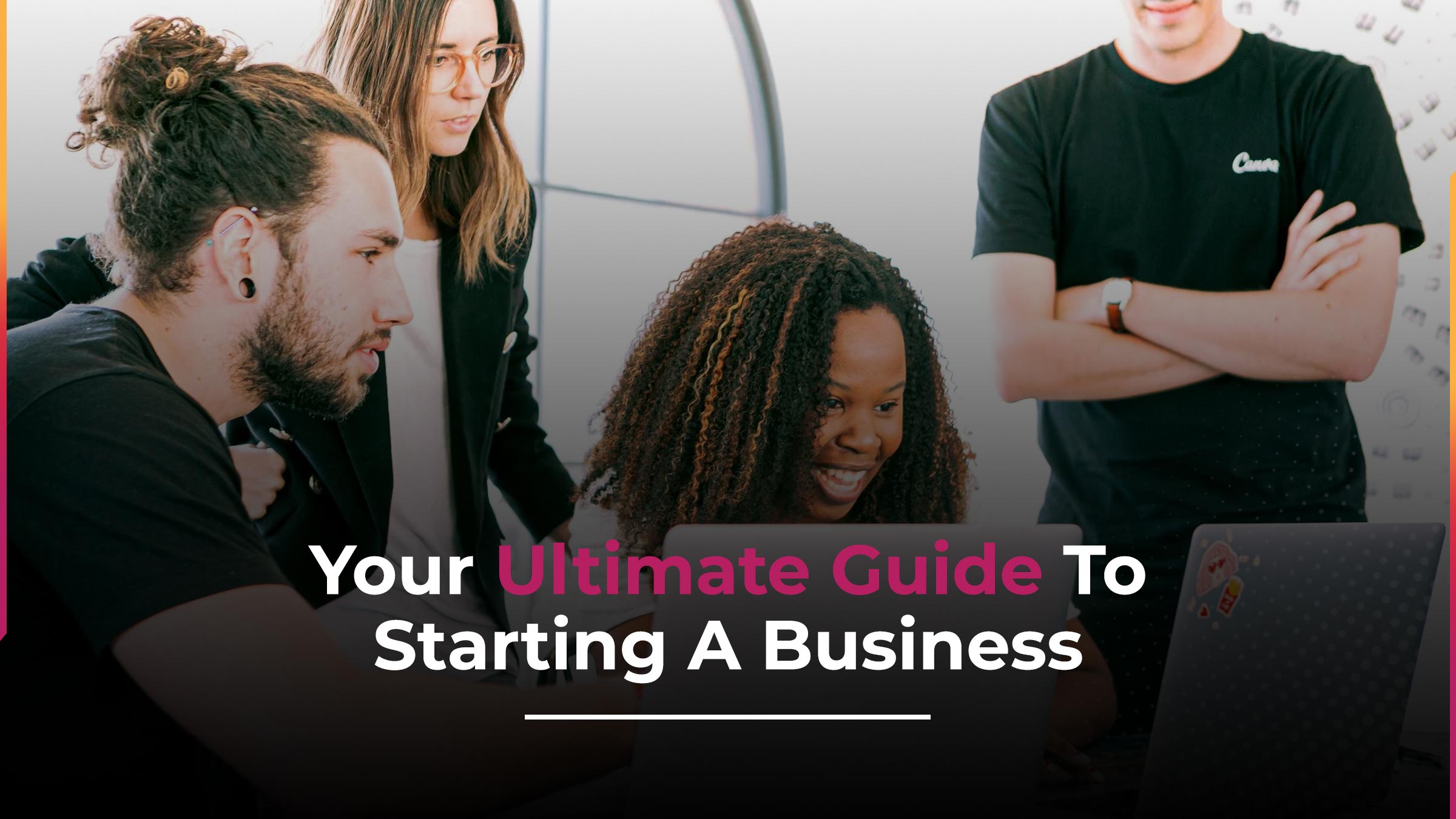If you’re someone with a natural talent for guiding and inspiring others, you’ve probably wondered how to turn that into something more. In a world where people are actively seeking support for everything from personal growth to career direction, coaching gives you the chance to turn your experience into real impact.
Take online gambling sites, for example, especially if you want to learn how to start a coaching business online, instead of in-person. A lot of them now offer super low minimum deposits—like five bucks—to make it easy for people to test things out without pressure. If you’re curious, these $5 minimum deposit casinos Australia are a great example of how small, low-risk offers can build trust and lead to long-term customers. The same idea works for coaching: make it easy for people to say yes.
But it’s not enough to just be passionate. To turn coaching into a sustainable income stream, you’ll need a niche, a brand, a solid offer, and a few legal ducks in a row. If you’re wondering how to start a coaching business, this guide will break it down into clear steps.
Start with a Clear Niche
The answer to the question of “how to start a life coaching business?” starts with knowing who you help and how. You can’t be everything to everyone—and honestly, you don’t want to be. The more focused you are, the easier it is for people to understand exactly what you do. Maybe you help recent grads land their first job, or creatives build confidence and set boundaries. Whatever it is, your niche is what sets the tone for everything else in your business.
If you're not sure where to start, look at your own journey. What challenges have you overcome that others might still be struggling with? Chances are, your ideal niche is already part of your story. Getting clear on this now will make your marketing, messaging, and offers so much easier to shape.
Set Up Legal Basics
Once you know who you’re serving, it’s time to lay the foundation. And no, this part doesn’t have to be intimidating. You don’t need to lawyer up right away, but there are a few basics worth handling upfront. Register your business name, choose a legal structure that makes sense (like sole trader or LLC), and check your local requirements around business licenses.
And don’t skip the client agreement. It protects both sides, outlines expectations, and adds a layer of professionalism that clients will appreciate. You can find good templates online, or hire someone to help you create one. While you’re at it, set up a separate business bank account—it’ll keep your finances cleaner and make tax season way less stressful. These steps l give your business a solid backbone.
Build Your Brand
With the backend sorted, it’s time to think about how you present yourself to the world. Any brand expert will tell you that a brand is more than a logo. It’s the whole story of your business. Your tone, your values, your aims. It’s how you put yourself on the same wavelength as people who need what you offer. The goal is to build trust and communicate who you help, how, and why you’re the right person for the job.
Start with a simple brand kit: pick 2–3 fonts, a few colors, and write out your core message in one sentence. Then, use this consistently across your website, social profiles, and content. You don’t need to be on every platform. Choose 1–2 where your audience hangs out and show up with valuable, honest content
Create Your Offer
Once people know who you are and what you stand for, they’ll want to know what exactly you’re offering. This is where your business really starts to take shape. Your offer is simply the container for the transformation you help people achieve—whether that’s a 1:1 coaching package, a group program, or a self-paced course.
You don’t have to reinvent the wheel. A classic starting point is a six-week coaching package with weekly calls and a few added resources like worksheets or email support. The key is to design it around the needs of your niche and keep it clear and focused. Pricing can be tricky, especially early on. Aim for a number that reflects your time and expertise—but also feels accessible to first-timers.
Find Your First Clients
Now that you have your offer, you need people to actually experience it. Your first clients are probably already in your circle. Start with your friends, online groups, or coworkers. But also use your common sense. Target the demographic most likely to be in need of your services.
How to start a career coaching business, for instance? Market in places where people are most in need of career advice. Put up fliers in front of employment agencies or universities. Also, be specific when you tell people what you do. “I help remote workers build sustainable routines” is way clearer than “I’m a life coach.”
Offer free clarity calls to start conversations. No need to hard-sell – just listen, ask good questions, and see if you’re a fit. And yes, you can charge for your first few sessions. Just position them as beta spots, offer a discounted rate, and ask for feedback or a testimonial in return.
Use Simple Tools to Launch
You really don’t need a fancy tech stack to start a coaching business. In fact, keeping it minimal will help you focus on what matters most—your clients. A tool to book calls (Calendly), a way to meet (Zoom), and a platform to get paid (Stripe or PayPal) is enough.
As you grow, you can layer in tools like Notion for organizing client info, MailerLite for email updates, or Canva for branded visuals. Eventually, try to streamline what you can—whether it’s templates for onboarding or pre-scheduled social content. Something as simple as automating your Instagram routine can free up headspace and bring your creative energy back. But for now, focus on helping your client get from point A to point B. Tech should support your work, not complicate it.
Related Posts
Join the movement.
Your Entourage journey starts here. Join Australia's largest community of over 500,000 business owners and entrepreneurs, and receive instant access to exclusive content and updates delivered straight to your inbox.




